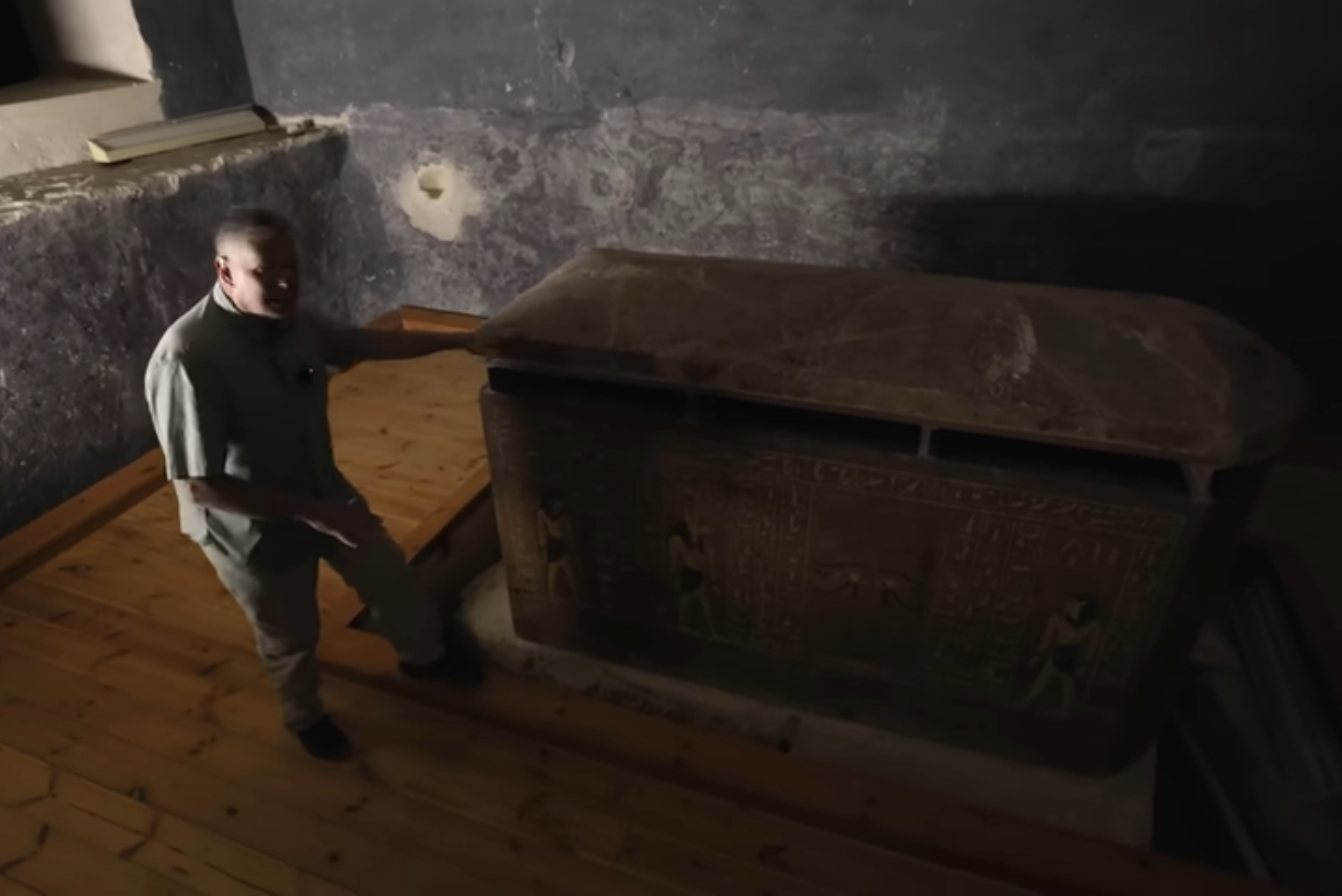Is This the Pharaoh Moses Faced? Stunning Tomb Discovery Points to Exodus Evidence
In a compelling journey blending archaeology and biblical history, Joel Kramer of Expedition Bible traveled to the Valley of the Kings to revisit a tomb first excavated over 120 years ago by French archaeologist Victor Loret.
“I had the excavation report of a tomb in the Valley of the Kings that was excavated over 120 years ago… I had to actually get it translated into English so that I could read it, and when I read it, I thought, ‘Why isn’t this tomb known? Why isn’t this famous?’” Kramer says.
Breaking News. Spirit-Filled Stories. Subscribe to Charisma on YouTube now!
The tomb, known as KV35, belonged to Pharaoh Amenhotep II, and according to Kramer, held compelling connections to the biblical Exodus. When Loret entered the tomb in 1898, he already had an indication of its owner: “He found a funerary statuette in front of this tomb with the name Amenhotep II on it.”
Inside the tomb, Loret discovered a mummy believed to be Amenhotep II himself. Kramer recounts Loret’s words: “I lean over the edge advancing a candle—Victory! A dark coffin is there at the bottom.”
One of the most striking discoveries, however, was the presence of a young boy’s mummy, identified as the king’s son. “The head has been shaved except for one spot on the right temple from which a magnificent lock of black hair emerges,” said Kramer, quoting Loret’s report. This “prince’s lock” is symbolic of royal children, and one funerary statuette bore the name “Webensenu.” Kramer notes: “This was slam-dunk evidence that Webensenu was buried in this tomb, because here we have his organs in this jar inscribed with his name.”
Scripture offers a startling connection. “Exodus 12 says the Lord struck down all the firstborn in Egypt, including the firstborn of Pharaoh who sat on the throne,” Kramer points out. “We know for certain that Webensenu died before his father because he’s buried in his tomb.”
Additionally, Kramer highlights an eerie alignment with Exodus 9:10, describing festering boils on Egyptians. “…of all the mummies found in the Valley of the Kings, the only one covered with these boil-like sores was the mummy of Amenhotep II.”
While Kramer concedes that nothing is definitive, he challenges skeptics: “I don’t want to make too much of this… but I also don’t want to make too little of it either.”
The rediscovery of Amenhotep II’s tomb offers intriguing clues that may align with the biblical account of the Exodus. As archaeology continues to unearth forgotten details, this ancient burial site could hold answers long buried in the sands of Egypt.
Join Charisma Magazine Online to follow everything the Holy Spirit is doing around the world!
Abby Trivett is content development editor for Charisma Media.




























































